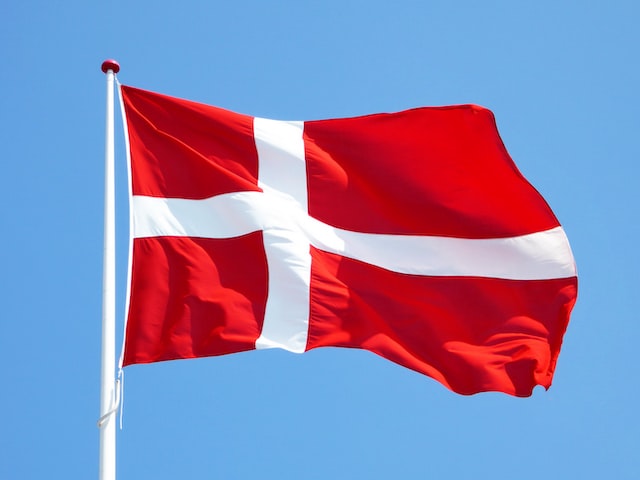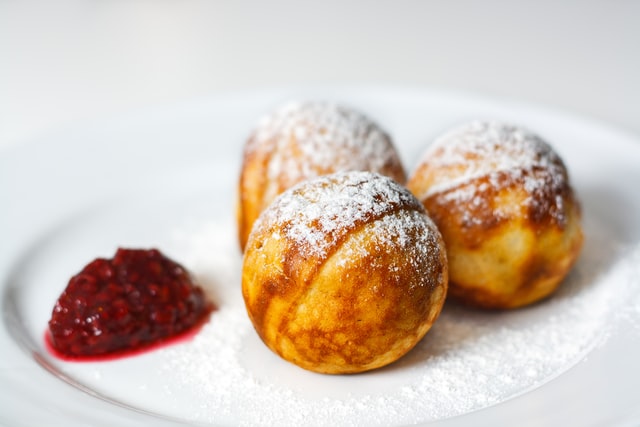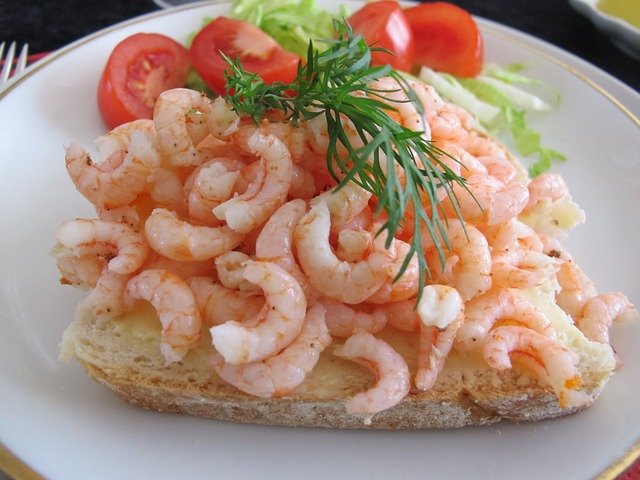Dannebrog: The world’s oldest flag, the national flag of Denmark

The national flag of Denmark features a white cross on a red background and is also known as the Dannebrog. This design is one of the oldest among the world’s national flags and has had a significant historical impact on the flags of other Nordic countries.
In this article, I will introduce the features and history of the Danish flag in detail.
About the Danish Flag

Denmark is one of the Nordic countries, located on the Jutland Peninsula in the northwestern part of the European continent. Denmark has a long history among the Nordic countries and is known as the oldest European monarchy, with the Danish Royal Family dating back to the 10th century. Globally, it is second only to the Japanese Imperial Family in terms of longevity.
The Danish flag, which was born in 1219, shares a comparable history with the Danish Royal Family. Although there are various theories about its credibility, the Danish flag is considered the oldest in the world, followed by the Austrian flag (established in 1230).
The Danish flag is also called Dannebrog. In Danish, the word “Dannebrog” means “cloth of the Danes (danne)” and “brog” means “cloth.” The design features a white cross on a red background. The red color represents love for the homeland, while the white cross symbolizes the country’s Christian faith.
Upon closer inspection, you’ll notice that the intersection of the cross is shifted slightly to the left.

This is intentional; when the flag is fashioned into a swallowtail shape (with the flag’s tail end cut into a triangle), the intersection of the cross is adjusted to be exactly in the center.
When the Danish government or navy uses the flag, they usually use a version with a triangular cut on the opposite side of the flagpole instead of the regular rectangular shape. In other words, the Danish flag was designed from the outset with the intention of being used as a military flag, with the position of the cross deliberately shifted.
The design that became the base for the flags of the Nordic countries
When comparing the flags of the Nordic countries, you will notice that they all have a cross-shaped pattern in common. This cross pattern is called the Scandinavian Cross and is known worldwide. The Scandinavian Cross is based on the Danish flag and has had a significant influence on the flags of other Nordic countries.
The Scandinavian Cross is used not only in the flags of the five Nordic countries – Sweden, Denmark, Finland, Norway, and Iceland – but also in the flags of Denmark’s Faroe Islands, Finland’s Åland Islands, and the British territories of the Orkney and Shetland Islands.
History surrounding the Danish flag

The history of the Danish flag is said to have originated from a legend about the Battle of Lyndanisse, fought by Danish King Valdemar II against the Estonian army on June 15, 1219.
At the time, Estonia was a pagan country from the Danish perspective. Thus, King Valdemar II of Denmark sent a Northern Crusade to Estonia under the name of a holy war. In the Battle of Lyndanisse, the Danish army faced a tough fight. However, during the difficult battle, a flag fell from the sky, which was the Dannebrog. With the Dannebrog in hand, the Danish army launched a fierce attack and finally defeated the Estonian army.
This legend is said to be the beginning of the current Danish flag. However, there are also opinions that the historical credibility is poor, and there is a theory that the flag originated from the one bestowed by the Roman Pope to the Crusaders.
On the other hand, the first appearance of Dannebrog in official historical records is in the 14th century. Until the mid-19th century, the Dannebrog was used as a symbol of the Danish Royal Family and the navy. In 1854, it was officially established as the national flag of Denmark, and its use was allowed among the general Danish population. Today, the Dannebrog remains an indispensable national symbol for Danish holidays and various events.
Conclusion
The Danish flag, known as Dannebrog, is characterized by a white cross on a red background, representing love for the homeland. This Dannebrog is the oldest national flag in the world, and according to Danish legend, it was created in 1219.
Furthermore, the cross-shaped design is called the Scandinavian Cross and is also adopted in the flags of other Nordic countries such as Sweden and Finland.




